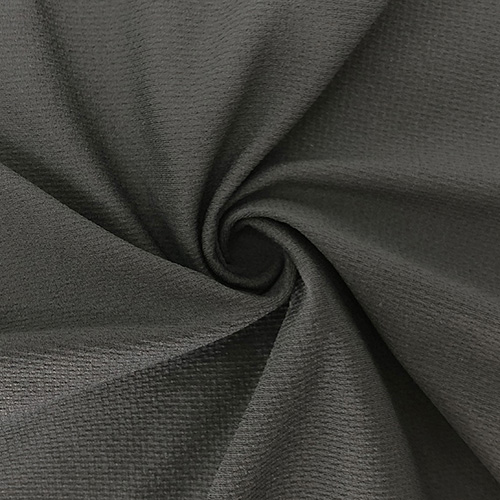The elasticity of 1-3% spandex is small, the elasticity of 3% is very obvious, the elasticity of more than 5% spandex is considered to be large, and 10%-12% is already very large. Underwear fabrics generally do not use nylon or spandex alone, but are often blended and interwoven with other fibers. Especially spandex, the general content is about 5%.
Spandex is a polyurethane fiber. Because of its excellent elasticity, it is also called elastic fiber. It has been widely used in clothing fabrics. The main features of spandex fabric are:
1. The elasticity of spandex is very high. Generally, 100% polyurethane is not used in general products, and 5~30% of the fabric is mixed, and the various spandex fabrics obtained have 15%~45% comfortable elasticity.
2. Spandex fabric is often made of composite yarn, that is, spandex is the core, and other fibers (such as nylon, polyester, etc.) are used as the skin to make a core-spun elastic fabric. It has good adaptability to the body and is very suitable for tights. , No sense of oppression.
3. The appearance, style and wearing performance of the spandex elastic fabric are close to similar products of the outer fiber fabric covered.
The biggest advantage of spandex fabric is that it has good elasticity and can be stretched 5-8 times without aging. Spandex cannot be woven alone. It is generally woven with other materials. The proportion of spandex is about 3-10%. The ratio reaches 20%. Spandex fiber is a synthetic fiber with high elongation at break (above 400%), low modulus and high elastic recovery rate.

Spandex has high elongation (500%~700%), low elastic modulus (200% elongation, 0.04~0.12 g/denier) and high elastic recovery rate (200% elongation, 95%~99%). Except for higher strength, other physical and mechanical properties are very similar to those of natural latex yarn. It is more resistant to chemical degradation than latex yarn, has moderate thermal stability, and has a softening temperature above 200°C.
Most dyes and finishing agents used for synthetic fibers and natural fibers are also suitable for dyeing and finishing of spandex. Spandex is resistant to sweat, sea water, and various dry cleaning agents and most sunscreen oils. Long-term exposure to sunlight or chlorine bleach will also fade, but the degree of fade varies with the type of spandex.


